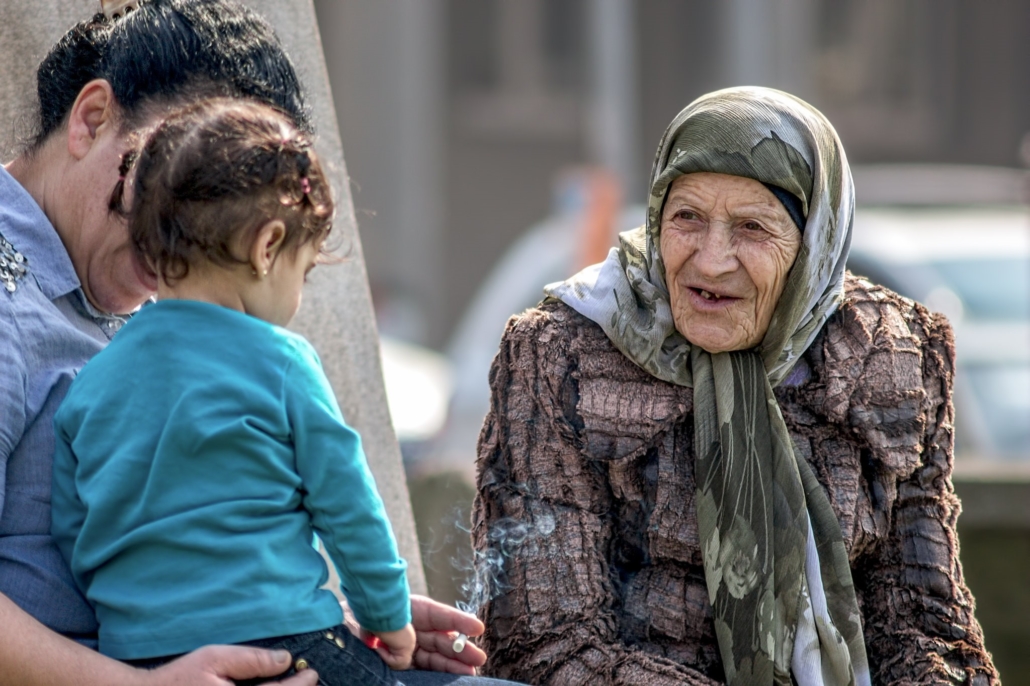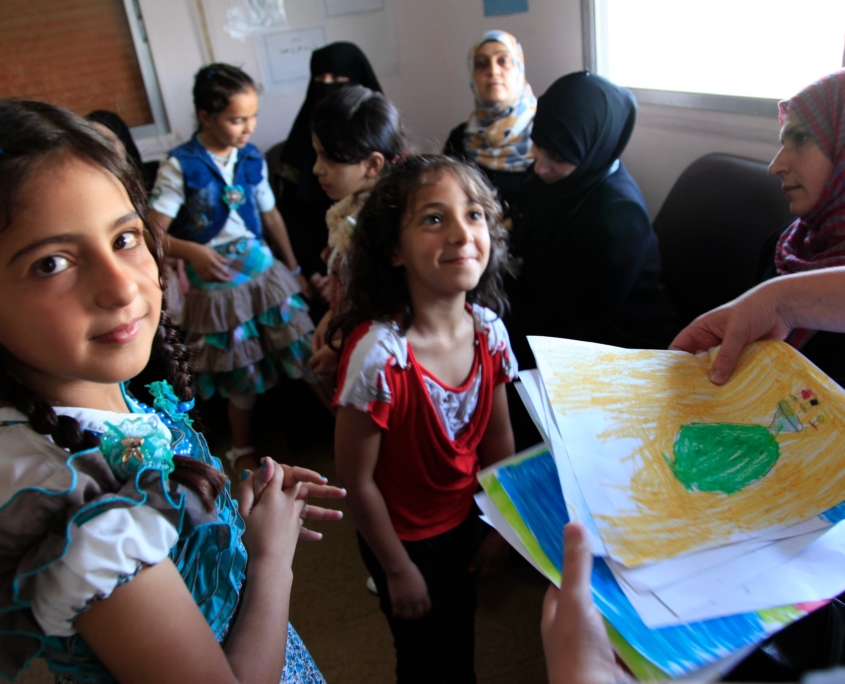 Ahmad Joudeh is a world-renowned ballet dancer and is famous for his performance in Eurovision 2021. His background is less well-known. Growing up in a refugee camp in Syria, Joudeh dreamed of dancing. In 2021, he began volunteering with SOS Children’s Villages, a nonprofit dedicated to supporting children and families in poverty and providing humanitarian assistance where it is needed.
Ahmad Joudeh is a world-renowned ballet dancer and is famous for his performance in Eurovision 2021. His background is less well-known. Growing up in a refugee camp in Syria, Joudeh dreamed of dancing. In 2021, he began volunteering with SOS Children’s Villages, a nonprofit dedicated to supporting children and families in poverty and providing humanitarian assistance where it is needed.
Ahmad Joudeh Growing Up
Ahmad Joudeh grew up with aspirations of dancing since he was young. For much of his young life, he lived in a refugee camp. Joudeh lived in an environment where poverty is the norm. The people around Joudeh were primarily unsupportive of his dancing. However, he defied traditional expectations of men in Syria and would dance in the streets.
Joudeh studied dance at the Enana Dance Theatre for almost a decade from 2006 to 2015. He made his biggest appearance on the world stage in Eurovision 2021. In his free time, Joudeh teaches at the SOS Children’s Villages. Joudeh dances with the children and volunteers to inspire them in the art of dance and help them build confidence to navigate any issues that may arise while living in poverty.
SOS Children’s Villages
SOS Children’s Villages is an international organization with more than 130 “villages” in operation. The organization was founded by Herman Gmeiner in 1949 after witnessing the effects of World War II on local children. Gmeiner developed SOS Children’s Villages with the help of family, friends and generous donors. Since then, Gmeiner’s organization has blossomed to help children on an international scale.
The SOS Children’s Villages help families struggling financially by training parents in skills for workplace environments or counseling families as needed. The organization works one-on-one with children to provide education and health services while advocating at policy levels and providing safe spaces to explore.
Children and Families Using SOS Children’s Villages Services
Since children and families involved with SOS Children’s Villages face financial difficulties, they often do not have the tools or resources to help themselves. As a result, a significant number of SOS Children’s Villages residents rely on education. With volunteers, the organization reaches out within the communities where volunteers operate. The volunteers engage the families and children struggling and provide quality education on life skills.
When SOS Children’s Villages are helping a child or a family, the villages provide a safe space. For hours each day, the families are cared for in a safe environment to foster new habits and skills until each individual or family no longer requires the organization’s services. SOS Children’s Villages operate in areas where poverty is high. For example, in the main village in Syria where Ahmad Joudeh volunteered, the poverty rate reached 80%. The village works with families to ease financial burdens in both the short and long terms.
Building Community
The education provided to parents and children worldwide through this organization helps each person find a good job or mentorship. In addition, with its advocacy work, SOS Children’s Villages helps build protection within communities and in governments to support families in poverty.
Because people born into poverty often do not have access to higher education, they are likely to remain in poverty. In 2018, the United Nations Educational, Scientific and Cultural Organization (UNESCO) surveyed childhood education, attendance and poverty and found that more than 250 million children globally cannot attend school due to the cost. SOS Children’s Villages provide education to children at no cost to the families to break the cycle of poverty.
Understandably, Ahmad Joudeh knows the strains poverty can have on children. The mental health issues that develop in children living in poverty are most commonly anxiety and depression. So while SOS Children’s Villages operate to ease physical and financial difficulties, Joudeh dances with the children and strives to help them achieve their dreams.
Ahmad Joudeh’s Involvement and His Hopes for the Children
Joudeh has a deep respect for the work of SOS Children’s Villages. For some time, he has taught dancing in the organization’s village in Damascus to help build long-term goals for children. In 2016, Joudeh also did a workshop with the children in the SOS Children’s Village Vicenza. Joudeh dances with the children and guides them to work through their anxieties and constant worries around them. The mental toll on children in poverty in the areas where SOS Children’s Villages operate is devastating.
Joudeh dances with the children step-by-step, providing undivided attention, teaching them to focus on the music and not the world. The safe space he creates through dance grants these children an opportunity to explore and feel free without worries about what the outside world may bring or what challenges await their families. Joudeh dances with the children because his dreams of dance have expanded over the years. The freedom Joudeh finds in dancing is a feeling he hopes to extend to the children in the SOS Children’s Villages.
– Clara Mulvihill
Photo: Flickr
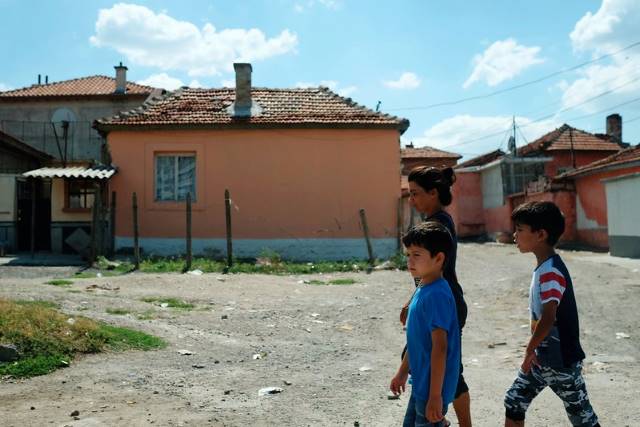 The impact of COVID-19 globally is undeniable. From Canada to Ukraine, every nation is fighting the virus. Bulgaria is facing a similar battle against the COVID-19 pandemic and poverty. Organizations are fighting to keep both under control while implementing solutions to address the impact of COVID-19 on poverty in Bulgaria and around the world.
The impact of COVID-19 globally is undeniable. From Canada to Ukraine, every nation is fighting the virus. Bulgaria is facing a similar battle against the COVID-19 pandemic and poverty. Organizations are fighting to keep both under control while implementing solutions to address the impact of COVID-19 on poverty in Bulgaria and around the world. Italy is the fourth most populous nation in Europe, with a population of 60.36 million people as of 2019. As it stands, Italy remains one of the most COVID-19 affected countries, and the resulting lockdown has had a noticeable impact on the mental health of the Italian population. However, there is more to the story of mental health in Italy than the effects of the pandemic.
Italy is the fourth most populous nation in Europe, with a population of 60.36 million people as of 2019. As it stands, Italy remains one of the most COVID-19 affected countries, and the resulting lockdown has had a noticeable impact on the mental health of the Italian population. However, there is more to the story of mental health in Italy than the effects of the pandemic.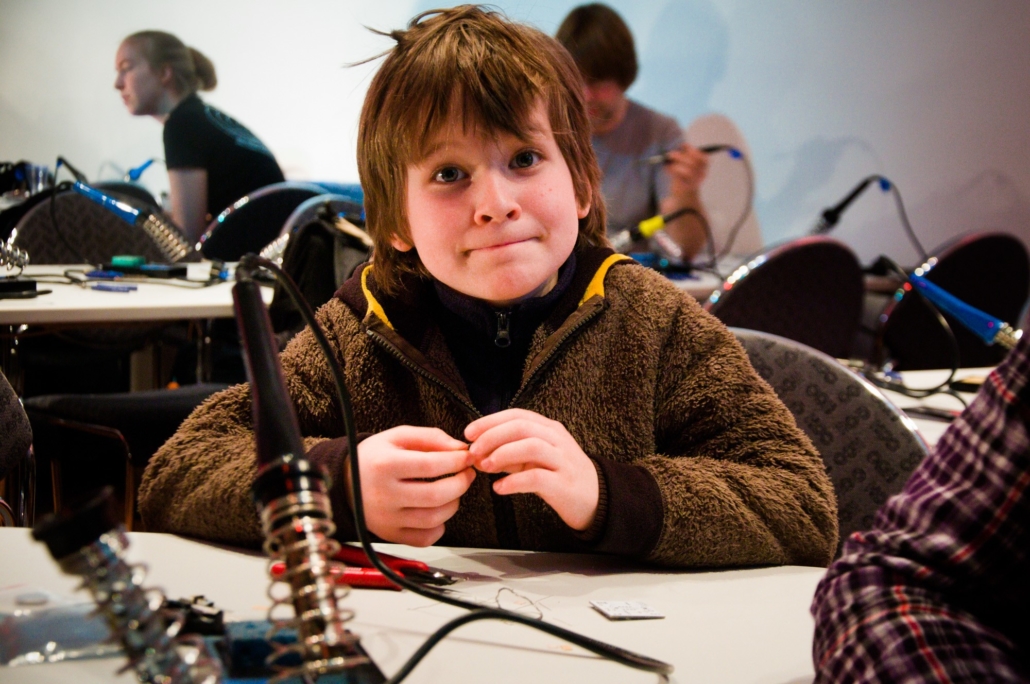
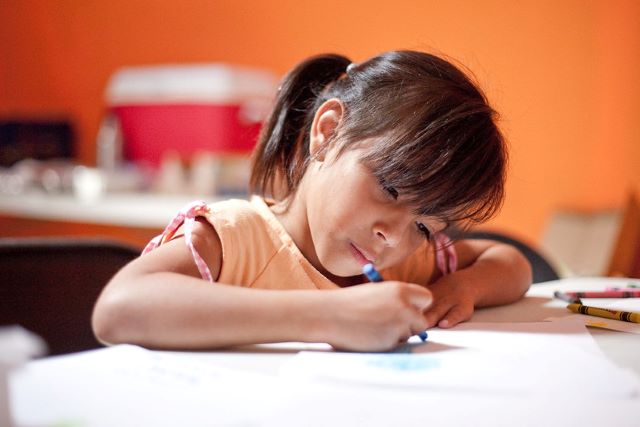 Despite being one of the most progressive countries in Latin America in terms of free education, no military and access to health care, there are still many people living in poverty in Costa Rica and the youngest people are oftentimes hit the hardest. More than
Despite being one of the most progressive countries in Latin America in terms of free education, no military and access to health care, there are still many people living in poverty in Costa Rica and the youngest people are oftentimes hit the hardest. More than 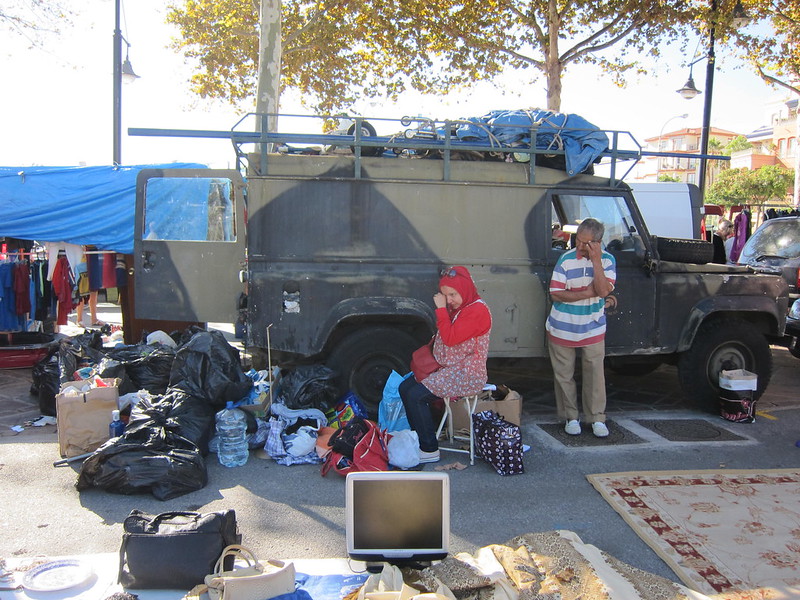
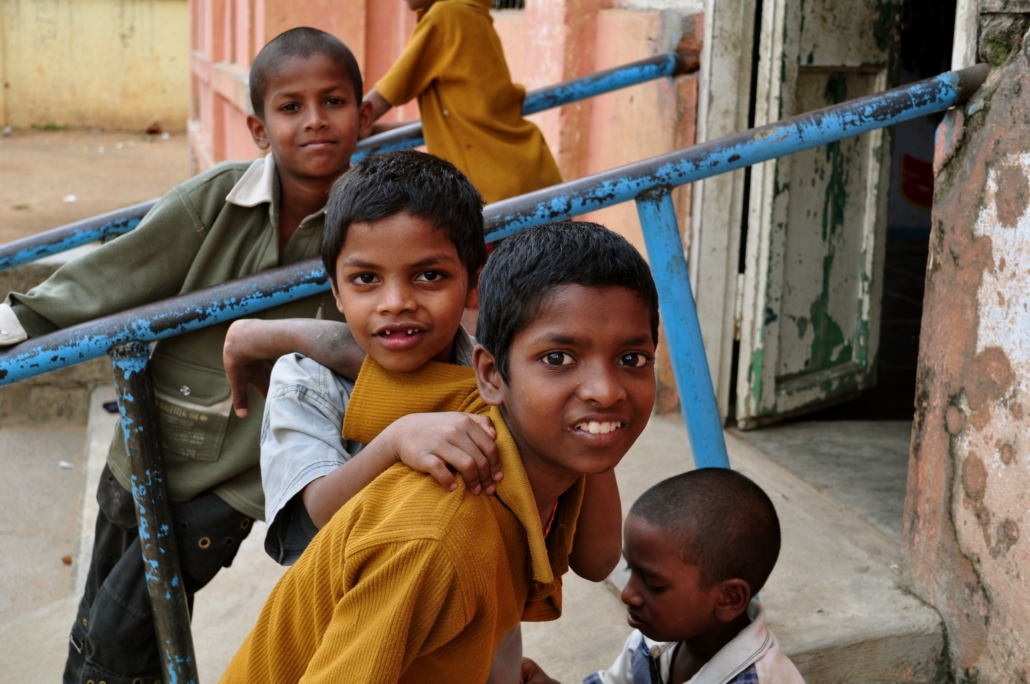
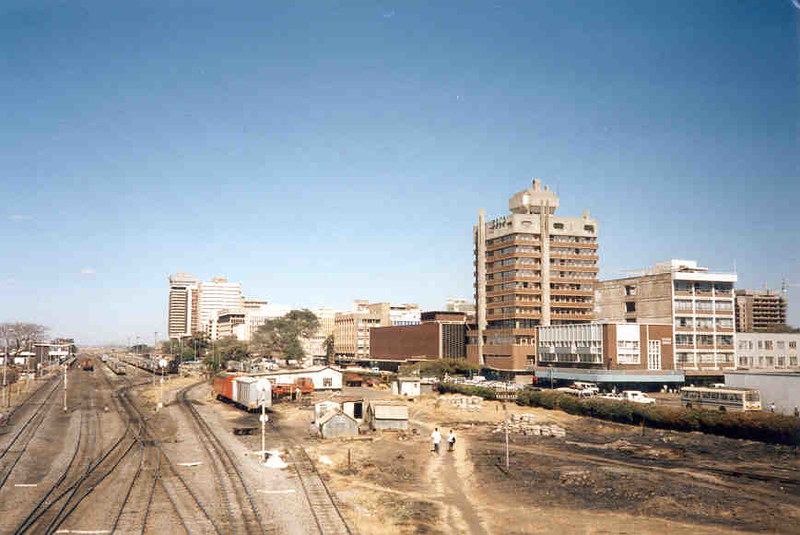 Zambia is quickly becoming one of sub-Saharan Africa’s most urbanized countries, but homelessness in Zambia is becoming increasingly prevalent.
Zambia is quickly becoming one of sub-Saharan Africa’s most urbanized countries, but homelessness in Zambia is becoming increasingly prevalent. 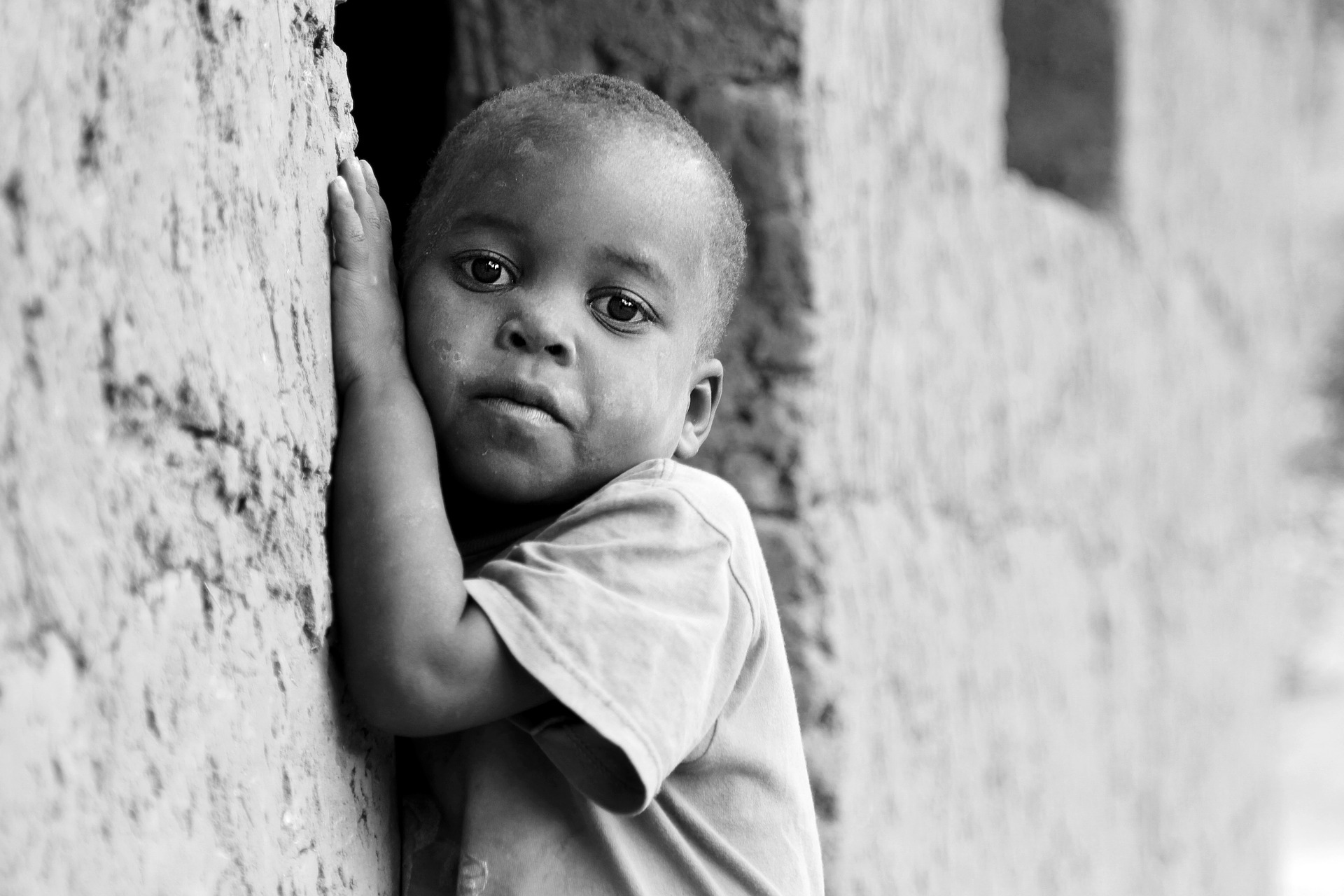 Sub-Saharan Africa is the region in the world that hunger affects the most. In fact,
Sub-Saharan Africa is the region in the world that hunger affects the most. In fact, 